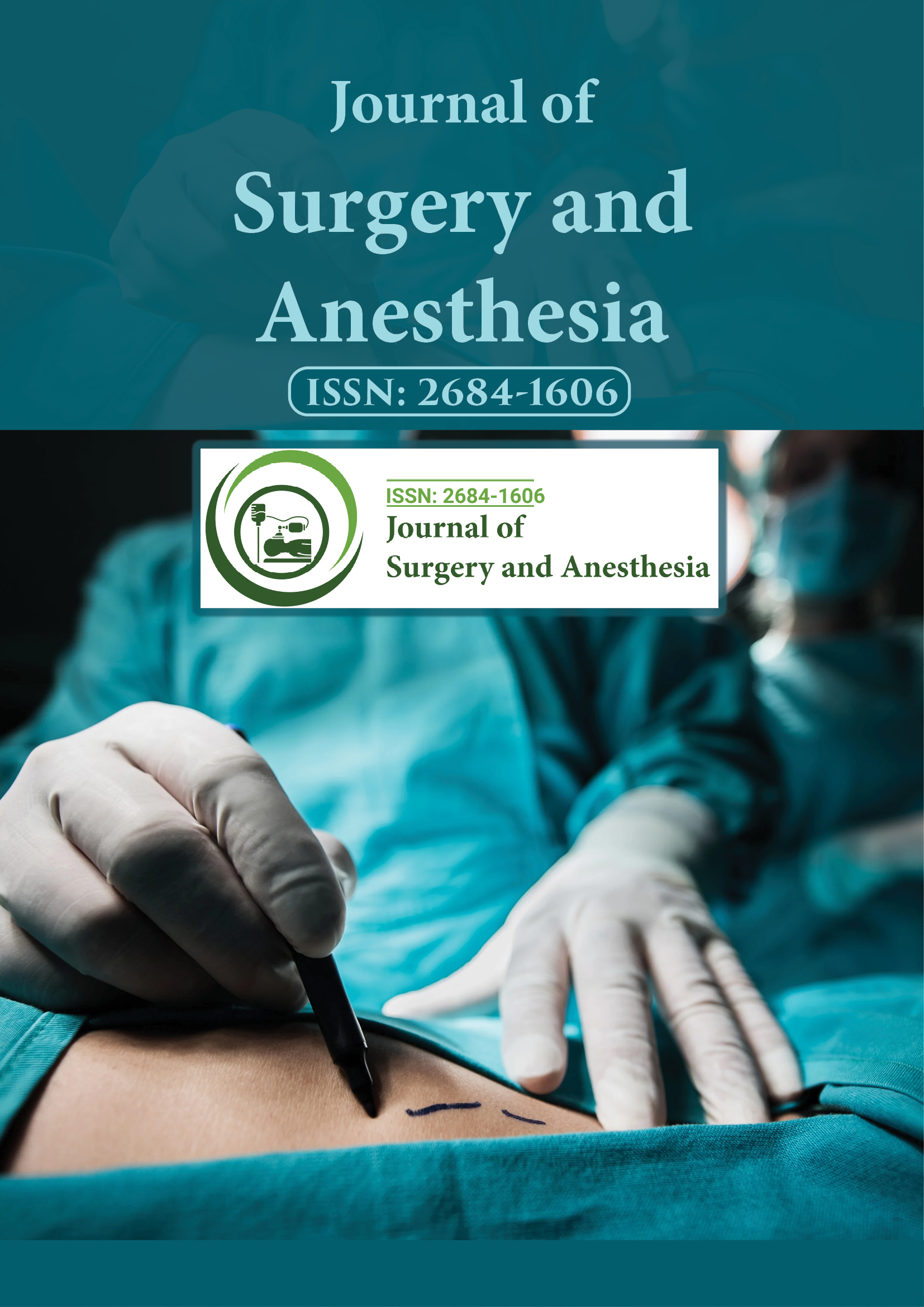Indexed In
- Google Scholar
Useful Links
Share This Page
Journal Flyer

Open Access Journals
- Agri and Aquaculture
- Biochemistry
- Bioinformatics & Systems Biology
- Business & Management
- Chemistry
- Clinical Sciences
- Engineering
- Food & Nutrition
- General Science
- Genetics & Molecular Biology
- Immunology & Microbiology
- Medical Sciences
- Neuroscience & Psychology
- Nursing & Health Care
- Pharmaceutical Sciences
Title: Use of the staple line reinforcement tool to completely avoid anastomotic leakage in functional end-to-end anastomosis
International Conference on Surgery and Anesthesia
November 16-17, 2023 | Paris, France
Atsushi Hirose
Department of Surgery, Toyama prefectural Central Hospital, Japan
Keynote: J Surg Anesth
Abstract:
Background: In our hospital, anastomotic leakage (AL) is observed in approximately 2% of functional end-to-end anastomosis (FEEA) cases annually. It is also usually observed at the staple line of the entry hole closure in several reoperation cases. Although many risk factors for AL have been reported in previous reports [1-4], this study aimed to investigate whether AL would occur in FEEA using a new staple line reinforcement tool—ECHELON ENDOPATH® Staple Line Reinforcement (SLR) (Ethicon, Raritan, NJ, USA) (FIGURE 1). Methods: A total of 380 patients/400 anastomoses performed from September 2021, when SLR use began, to the end of February 2024 were compared retrospectively, with a total of 459 patients/469 anastomoses performed from April 2020 to August 2022, the same period before SLR was initiated. The SLR group used the ECHELON FLEX® (Ethicon, Raritan, NJ, USA) 60 mm and GST® system (Ethicon, Raritan, NJ, USA) cartridges as the stapling device. FEEA was performed using the closed method and extracorporeally in all laparoscopic and robot-assisted laparoscopic surgery cases. Mesenteric and intestinal resection was performed with careful attention to securing blood flow, and the ICG fluorescence method was not used. The use of the stapling device in FEEA was a four-firing method, and SLR was used during intestinal resection and entry hole closure because SLR cannot be used in the intestinal lumen. Results (Table 1): No AL was observed in the SLR group, with a significant difference between the SLR and non-SLR groups (p=0.0021). By anastomotic organ, the AL rate significantly decreased for small intestine-colon anastomosis (p=0.023), but there was no significant difference in small intestine-small intestine anastomosis (p=0.061) or colon-colon anastomosis (p=0.35) between groups. One (0.3%) case in the SLR group and two (0.4%) cases in the non-SLR group had abscesses around the anastomosis. However, these cases were not considered AL because the intestinal lumen was not contrast-enhanced on CT-guided drainage, the drainage was not fecal juice-like, and the patients healed quickly. Since these were all colon resection cases, they were determined to be intracorporeal infections associated with colon resection. Conclusion: In our study, reinforcing the staple line using SLR in FEEA achieved completely avoid AL and may reduce the AL rate. with the spread of robot-assisted surgery, intracorporeal anastomosis has been reported especially in colon cancer surgery. However, there are reports that intracorporeal anastomosis carries a risk of infectious complications [5], and the longterm results including peritoneal dissemination recurrence are not certain in the case of colon cancer. If AL can be avoided as in the present study, we believe that extracorporeal FEEA is an anastomosis method that should be performed aggressively. We hope to include more cases in the future when AL occurs so that we can investigate the cause in greater detail.
Biography :
Atsushi Hirose specializes lower gastrointestinal surgery in Japan, especially laparoscopic and robot-assisted surgery. He graduated from the Hokkaido University School of Medicine with a degree in Medical Doctor, and graduated from Kanazawa University Graduate School of Medicine with a Doctor of Philosophy. He is about to have less than 20 years of clinical experience, he manages more than 200 lower gastrointestinal surgical procedures a year, mainly in clinical practice, 100 of which he performs himself. In addition, he is actively involved in the education of junior surgeons. In addition, he also offers chemotherapy and palliative care treatment, he is board certified by the Japanese Society for Parenteral and Enteral Nutrition Therapy (JSPEN) and is active in the hospital’s Nutrition Support Team (NST).
